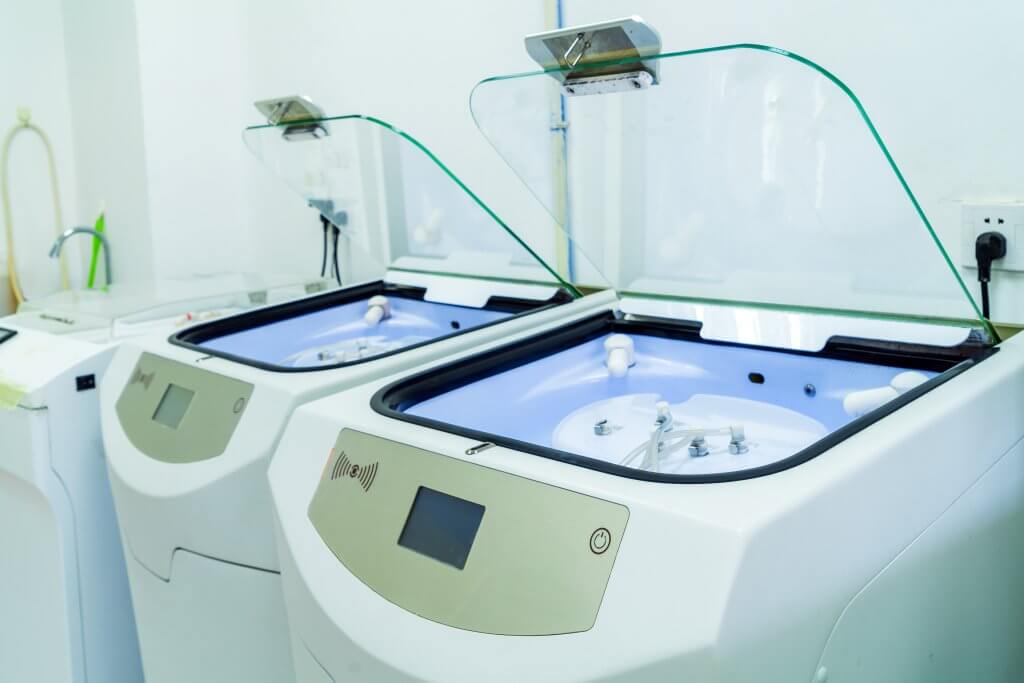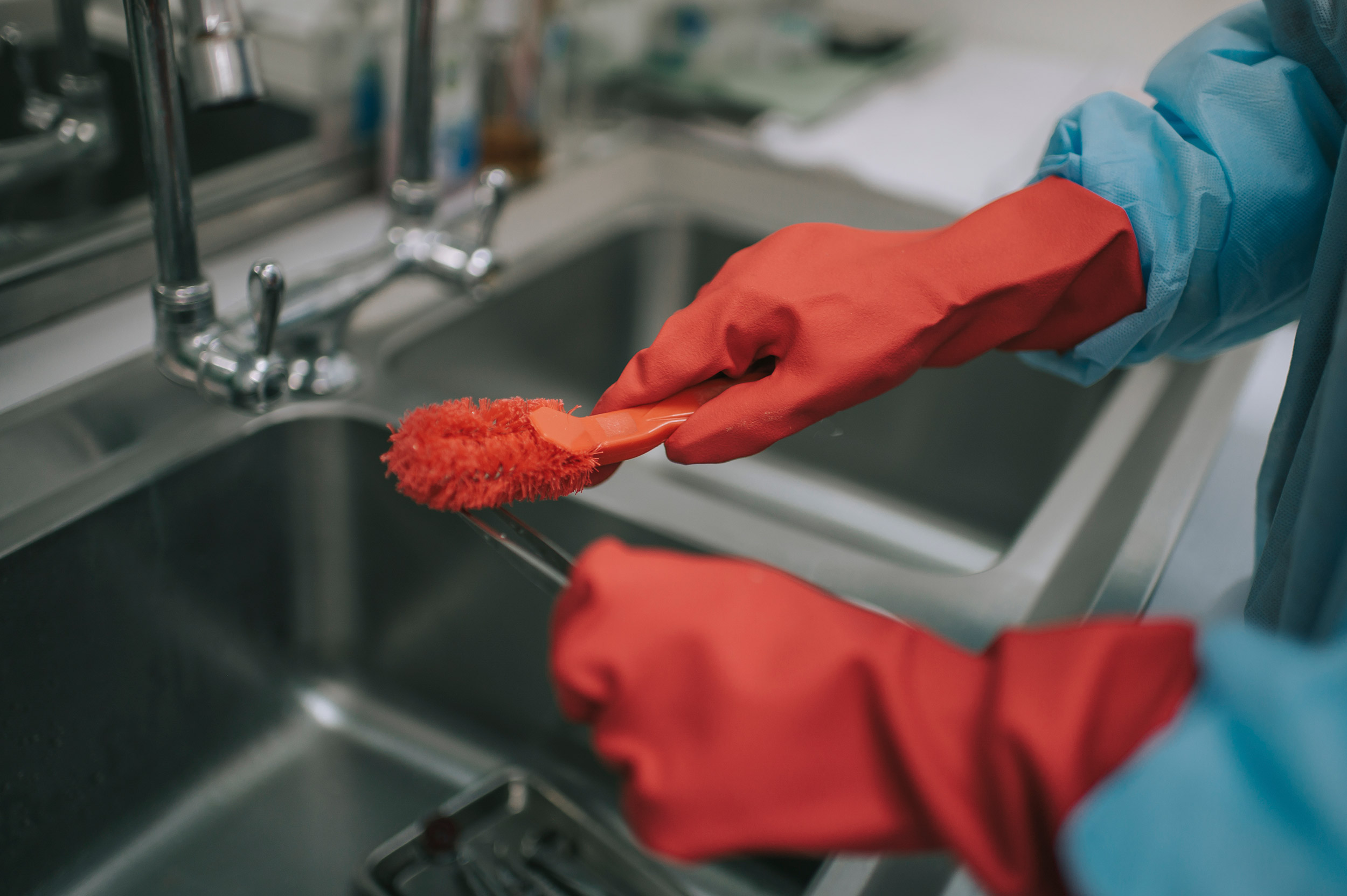
More hospital-acquired infections are linked back to flexible endoscopes than any other medical device. And as the FDA continues to update device safety recommendations for flexible endoscopes, many researchers and manufacturers have proposed solutions for mitigating cross-contamination risk.
In a new article for Techniques in Gastrointestinal Endoscopy, authors J. Hudson Garrett Jr. and Cindy Winfrey, both of the Florida Association Directors of Nursing Administration, argue device safety depends on continued focus on training cleaning personnel, updating cleaning processes, and continued design innovations on the devices themselves.
Their approach, outlined in “Reprocessing of Flexible Endoscopes: Scientific Rationales and Patient Safety Implications,” requires collaboration between multiple stakeholders in and out of the clinical setting.
Flexible endoscope reprocessing includes between 50 to 100 steps and can take up to two hours to complete. These steps must be followed carefully and sequentially and are prone to human error or delays.
In addition to manufacturer reprocessing guidelines for endoscopes, there are standard industry guidelines as well as infection control procedures that are also recommended for reprocessing these medical devices. In addition, reprocessing equipment – brushes, automated endoscope reprocessors and the like – come with their own set of operating, maintenance, and cleaning instructions.
Garrett and Winfrey point out that when flexible endoscopes are modified after post-market research, instructions are often revised – but not always adequately communicated to cleaning personnel.
Reprocessing instructions are so complex because flexible endoscopes have several design features that make them particularly difficult to clean and disinfect including:
To help limit the risks of cross-contamination, many flexible endoscope manufacturers have proposed design changes to include disposable components, particularly for endoscopes used in endoscopic retrograde cholangiopancreatography, or ERCP.
Garrett and Winfrey, however, point out that while changes in endoscope design and novel reprocessing technologies may improve the efficiency and quality of the reprocessing process, “incorporating the latest technology won’t innately guarantee improved outcomes.” Garrett and Winfrey champion a comprehensive approach to ensure patient safety. The adequate reprocessing of flexible endoscopes should not be the responsibility of reprocessing personnel alone, they argue. Their proposed solution includes physician and device manufacturer participation, as well as greater resources for technician training. The goal is to ensure accountability of the entire reprocessing process.
Physicians should have a greater understanding of reprocessing protocol and allocate enough time between procedures to allow for adequate cleaning. After all, inadequate training and/or staff size to handle the demand for endoscope turnaround can greatly inhibit reprocessing success. In addition, physicians should be properly trained on how to prevent damage to flexible endoscopes while in use, according to the authors.
They also suggest reprocessing technicians have their competency verified annually, have acces to continuous training, and receive more in-service training from device manufacturers.
Staff accountability and collaboration among all stakeholders are among the chief needs for ensuring an overall culture of patient safety and decreasing the risk of healthcare-acquired infections, according to the article.
“All patients deserve the safest possible care, and a multidisciplinary approach is necessary to optimize clinical resources, decrease associated risk, and improve patient safety associated with the use of flexible endoscopes,” Garret and Winfrey said.
How do you know that an endoscope is clean? Check out our Guidelines section, which details reprocessing recommendations from seven key documents, including the Multisociety guidance on reprocessing flexible GI scopes.


